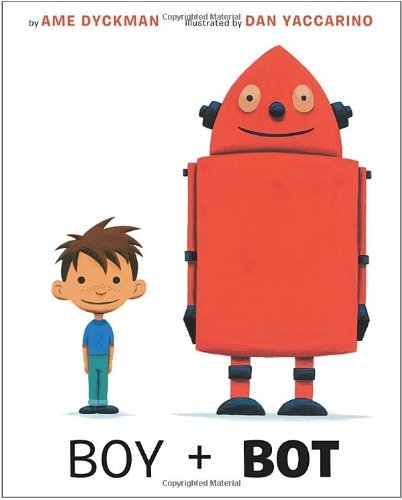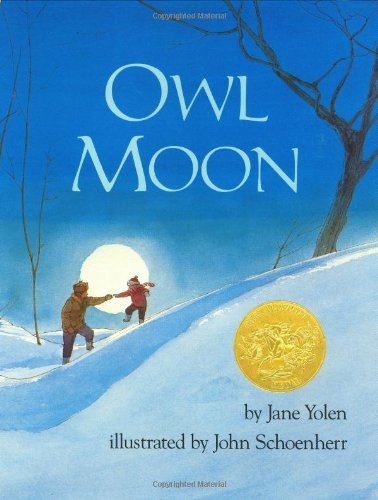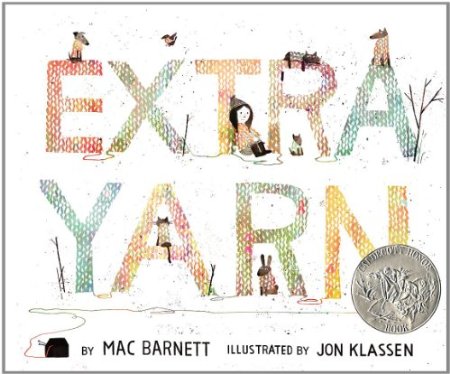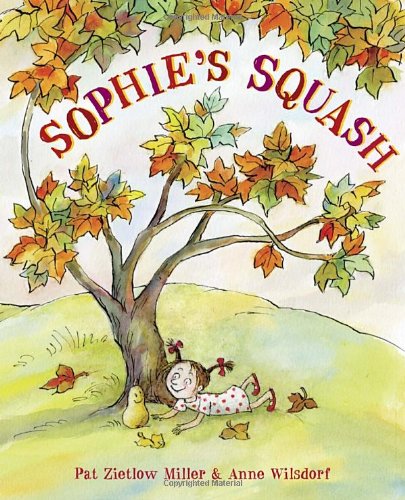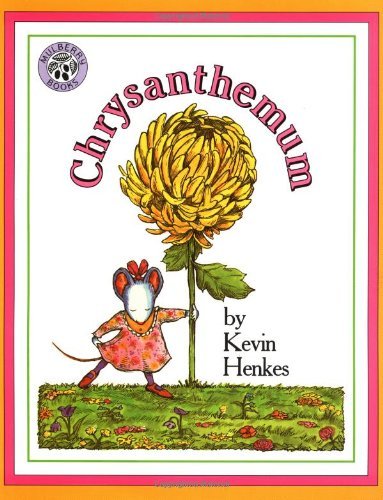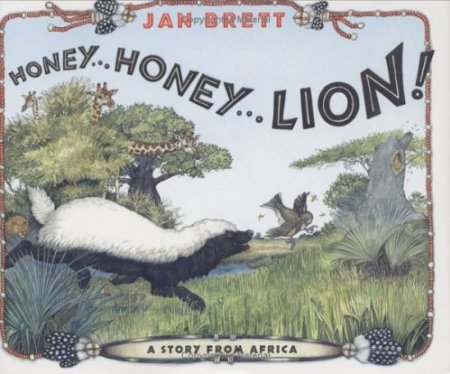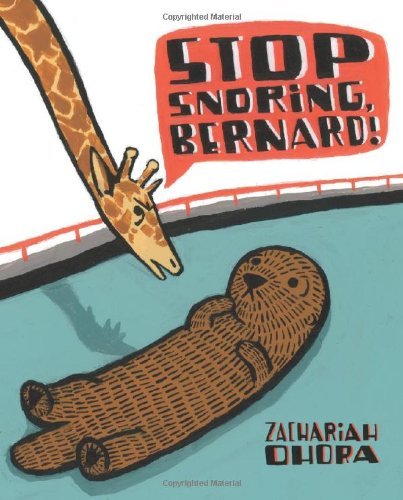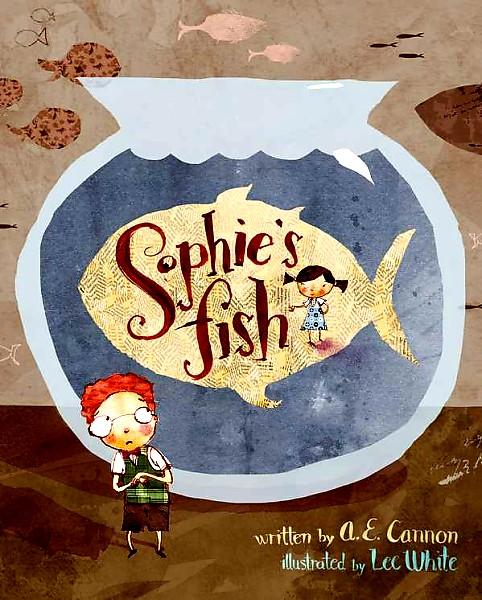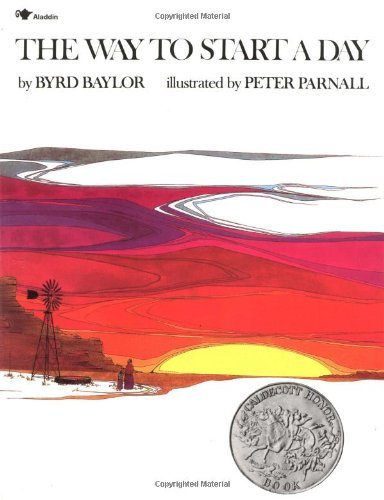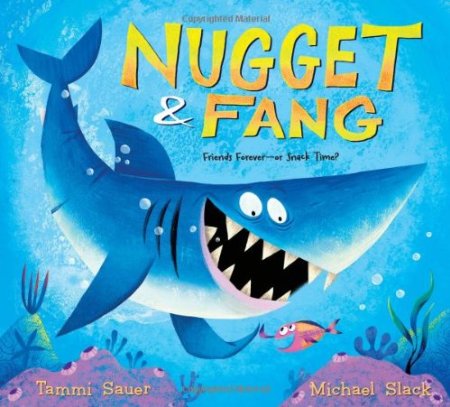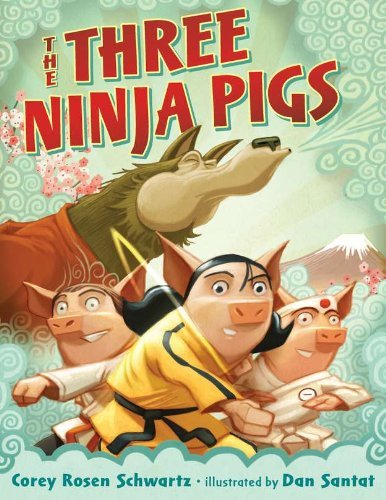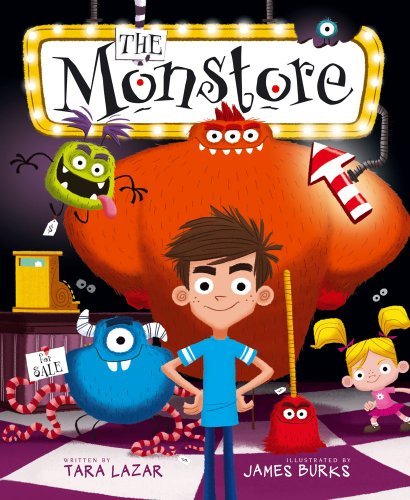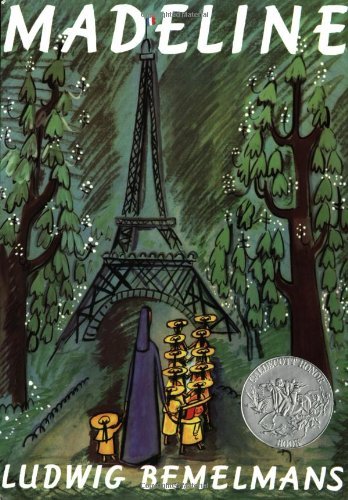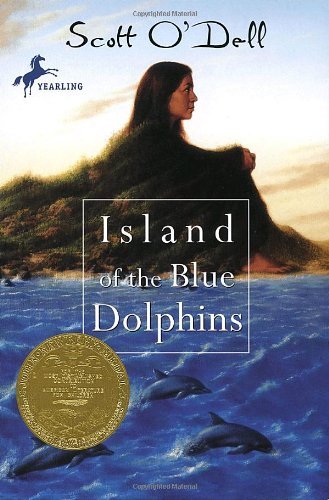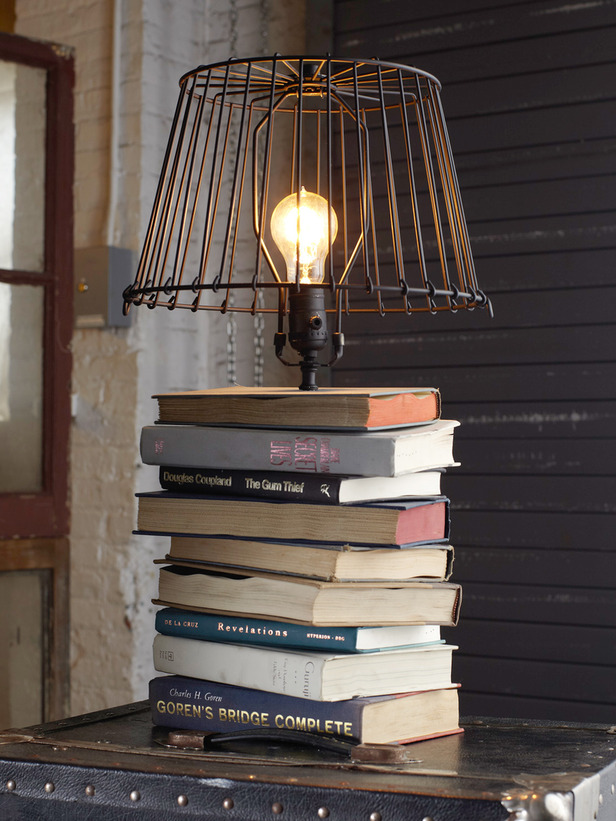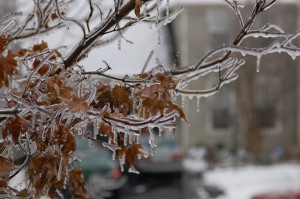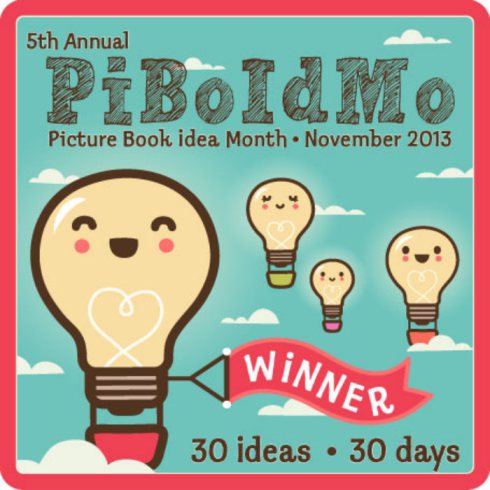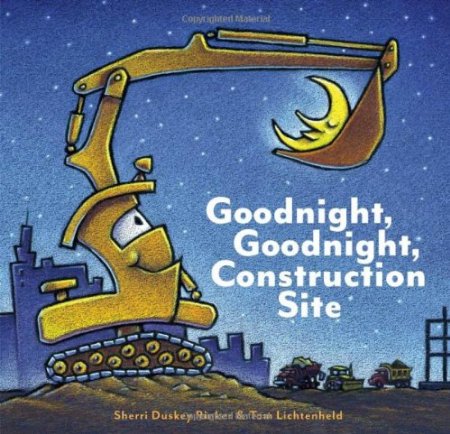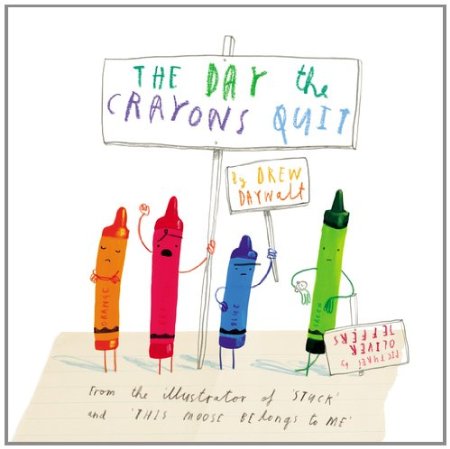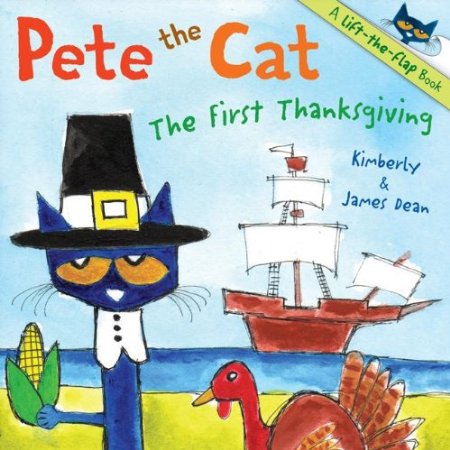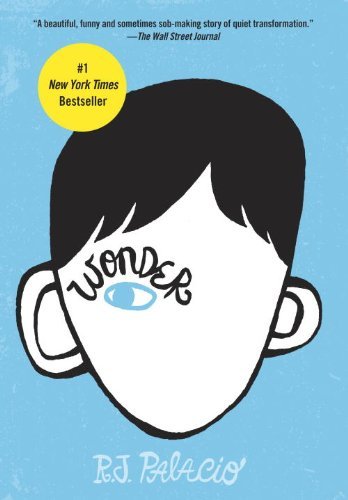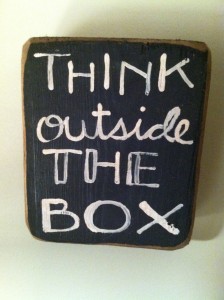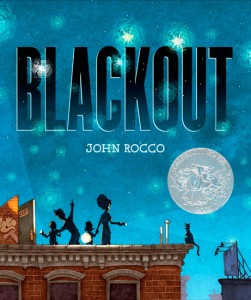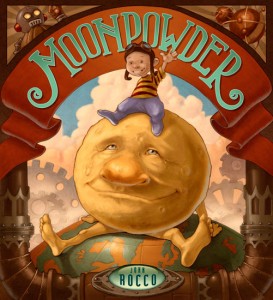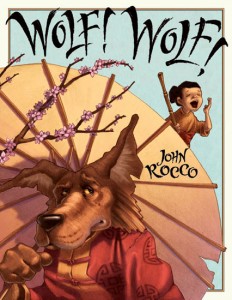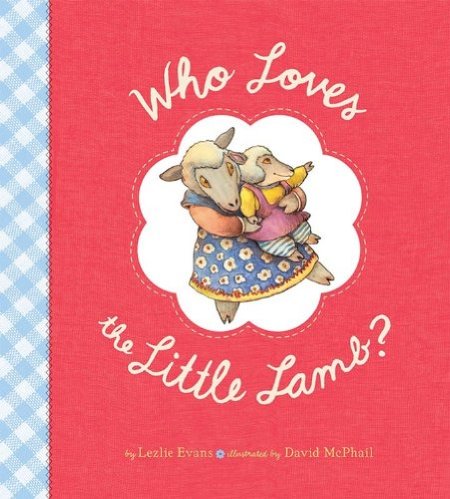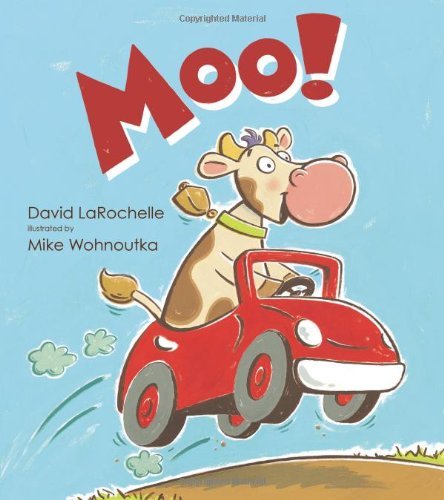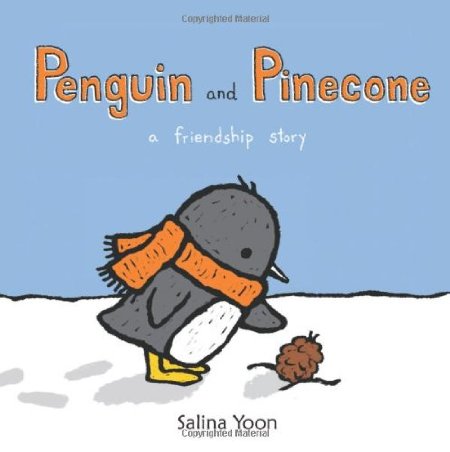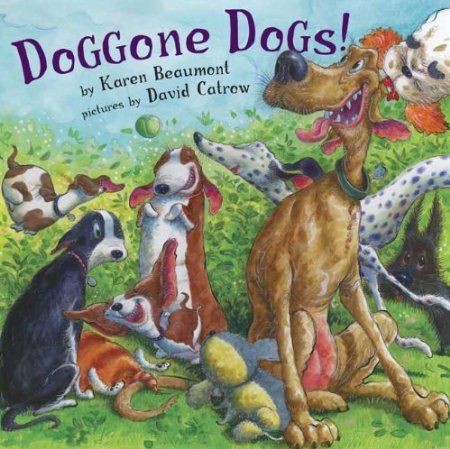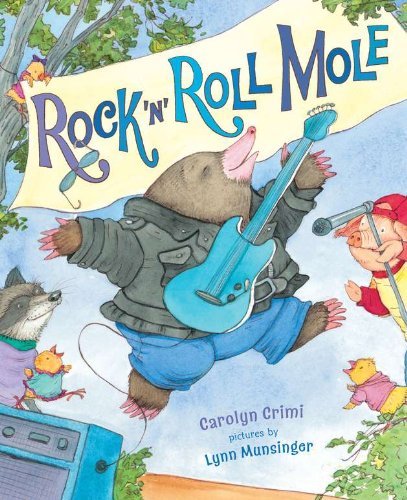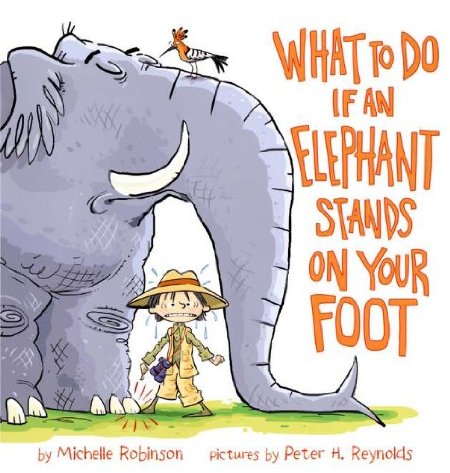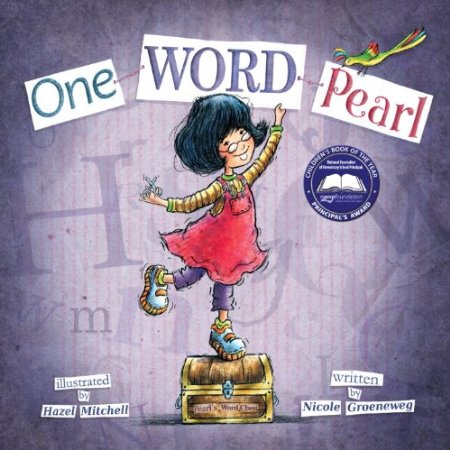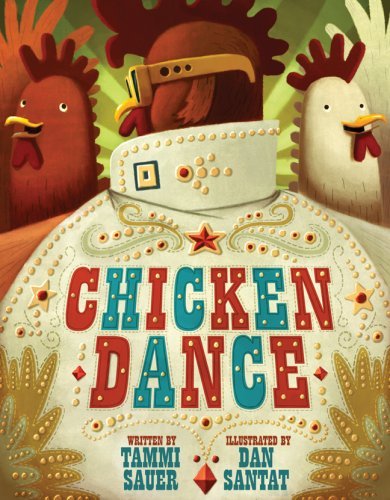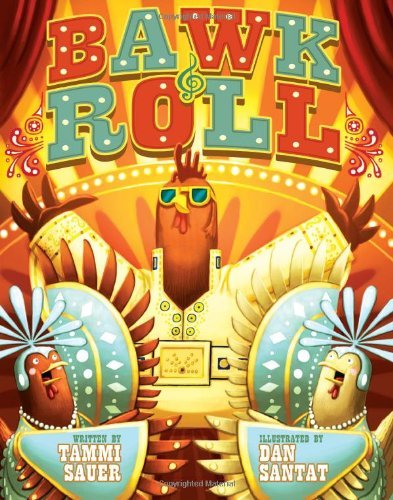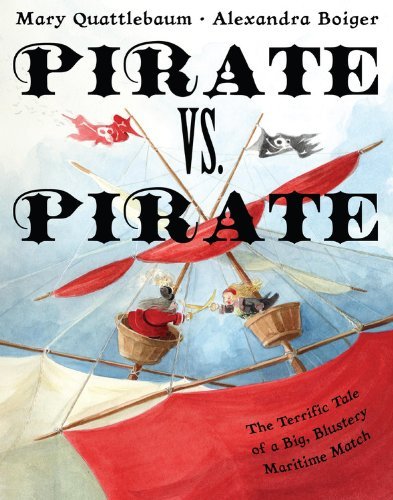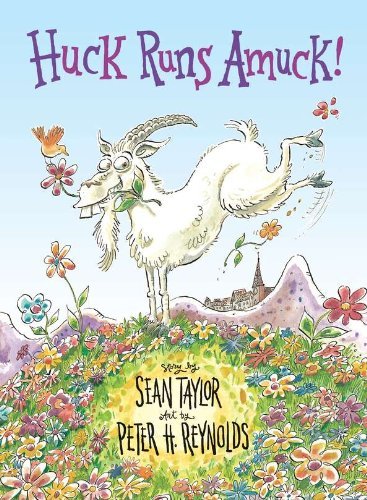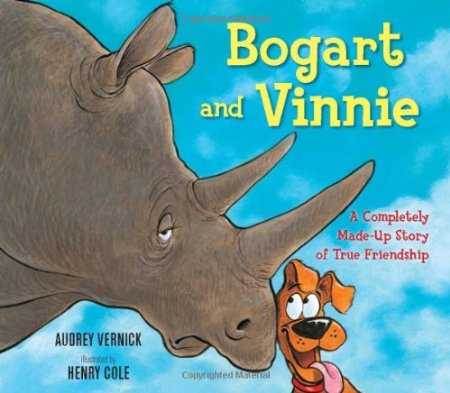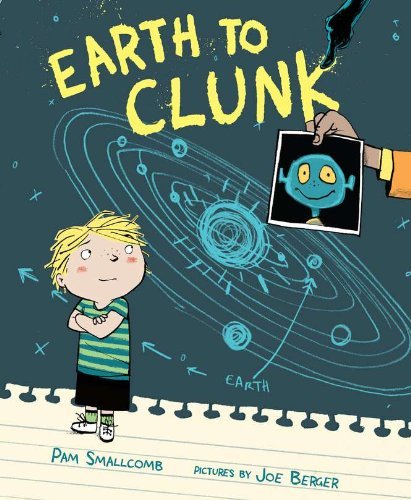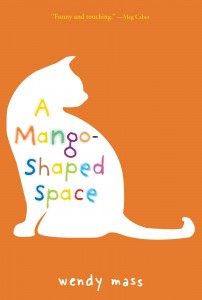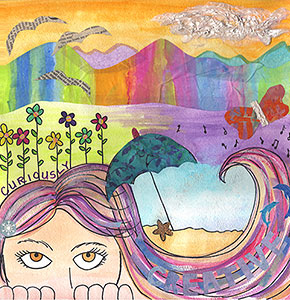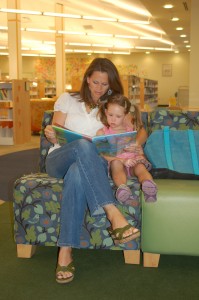 Organic, non GMO’s, free range, antibiotic free, natural, etc. You’ve heard the buzz words. And if you’re a parent, you’ve probably wrestled with what to feed your children on a daily basis and may feel a guilty pang every time you succumb to the fast food drive thru.
Organic, non GMO’s, free range, antibiotic free, natural, etc. You’ve heard the buzz words. And if you’re a parent, you’ve probably wrestled with what to feed your children on a daily basis and may feel a guilty pang every time you succumb to the fast food drive thru.
Well, when it comes to serving up books to your kids, quality doesn’t matter! Read whatever book they bring to you in their cute little hands and do it with a smile. Read the popular cartoon books where Dora is on yet another map-led adventure through a forest/over a mountain/around a bend. Read the unnecessarily long repetition books that are so boring you find yourself suddenly reading in a drunk sounding voice because you’re about to fall asleep in the middle. Read the awkwardly rhymed picture books written by celebrities that think, “Sure, anyone can write a book for kids”. Read the books whose illustrations look like your dog drew them.
If they pick it, read it! Yes, you heard me. READ IT. Even if they ask you to read them the same boring book every night for a straight month. Do it. You are instilling a love of reading in their impressionable little souls. And this goes a long way.
A 1997 study, “Building Blocks for literacy: What current research shows”, in the School Library Journal, states that, “Reading aloud to children is one of the most effective and inexpensive activities parents, caregivers and educators can do to promote literacy. Children who are introduced to books early and read to on a regular basis do better in school.”
Note that this finding says nothing about reading aloud only the best books. It just says “books.”
Now I’m not saying don’t have plenty of the “good stuff” on your bookshelves. A dash of Maurice Sendak, a sprinkling of Kevin Henkes, a bowl of Steven Kellogg (haha), all garnished with lots of Eric Carle. Yum! You know the ones…the classics, the award winners, the cream of the crop, the “organic” books, if you will. One of my favorite things to do is read a really good children’s book (admittedly with or without my kids there). I have even been known to audibly shout, “Yes!” when I finish reading an amazing book. It’s great to have great books, but it’s OK to have bad ones too. Books are books, and when you take the time to cuddle up with a child and let the words from the pages come alive, they are learning from you. With every sound, rhythm, cadence and snuggle, they are learning that reading is fun and special and something they want to do, not something they have to do.
Before kids, people think: “When I have a child, I am only going to buy the best books for my kid.” Well, that’s a nice thought. Inevitably, books of the lesser variety will creep onto those shelves. Grandparents will contribute. Friends with birthday presents will contribute. Even you will. Yep, you will. When your kid is obsessed with Batman and all he thinks about is Batman and wants to grow-up to be Batman and the only incentive that works for going poop in the potty is a Batman book…you will buy it.
And when they begin to read themselves, you aren’t going to care if they are reading the side of the Chik-fil-a bag. It’s a magical time for them, when all those symbols across a page suddenly have meaning and they can say them. You will encourage them to read anything on their shelf. But don’t worry. If you have the good stuff on the shelves, they will find it eventually and will most likely think it’s as wonderful as you do. That’s why they are the classics. So let them explore. Let them read the crap along with the cream of the crop.
It’s OK to have a variety of books in your house. Good and not-so-good, what’s important is that they are books and you’re reading to them. So when your child or grandchild presents you with a “non-organic” book to read, don’t feel guilty and don’t show your distaste. Just smile, snuggle up and say, “YUM! LET’S READ!”

